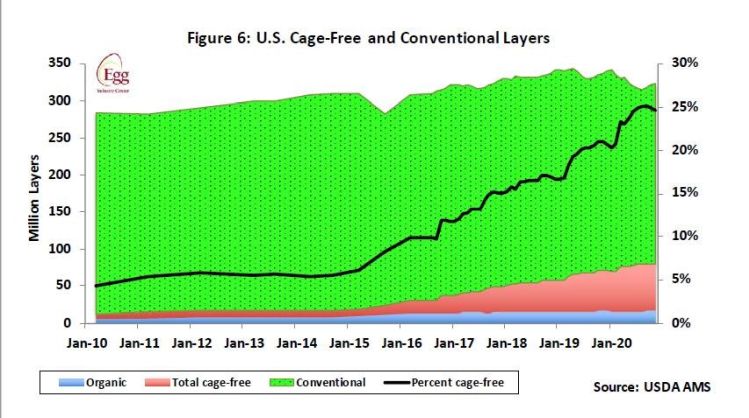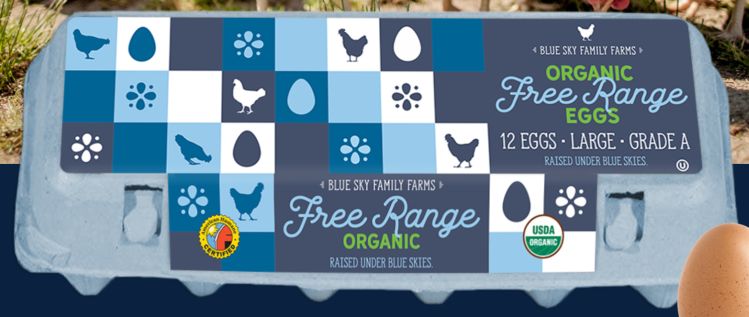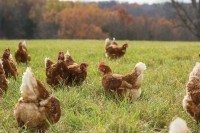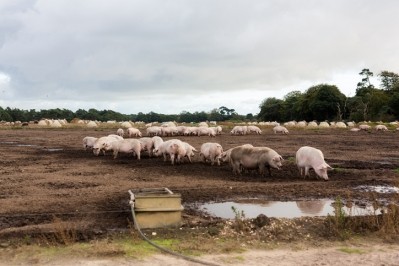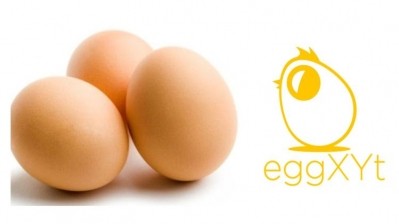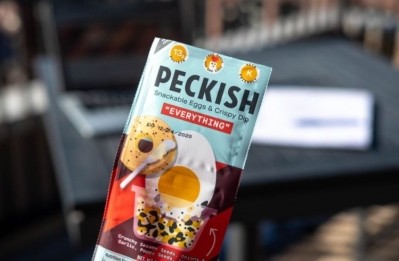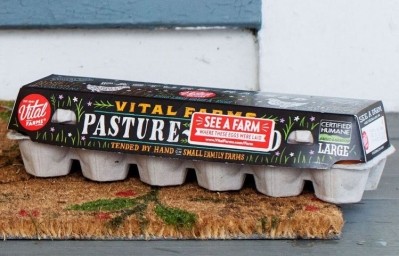Egg Innovations CEO: ‘Cage-free is a step in the right direction, but it isn’t meeting the entire needs of birds’
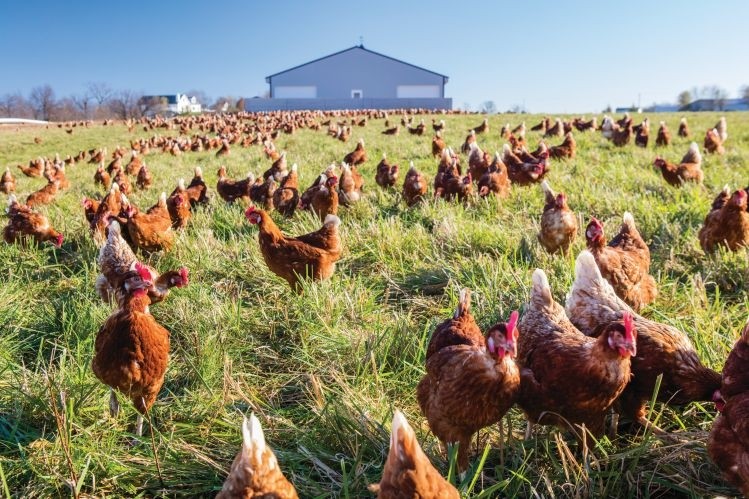
“Our research shows that 83% of Americans who hear ‘cage-free’ think it means free-range, that birds are outside,” explained John Brunnquell. Spoiler alert, he says, it doesn’t; cage-free birds are kept inside often crowded barns with no access to the outdoors.
“Every animal is hardwired to certain behaviors,” added Brunnquell, who was speaking to FoodNavigator-USA after striking an all-stock deal to acquire egg-fueled snack brand PECKISH late last year.
“Laying hens are hardwired to perch, scratch, dust bathe, socialize and to pasture,” said Brunnquell, who recently completed a PhD in Avian Ethology and has spent his life studying hens.
“Cage-free allows them to socialize and perch, but it won’t allow them to pasture or to dust bathe.
“We view our colleagues that do cage-free as a step in the right direction, but it isn’t meeting the entire needs of the birds, and if you as an ethical consumer want to buy products that meet the full array of the birds’ needs, you’d want to buy free-range or pasture-raised.”
‘Even if you say ‘I’m certified free range,’ there are still significant differences between certifications’
As animal welfare groups frequently point out, the USDA Organic label is federally regulated, but the terms ‘cage-free,’ ‘free-range,’ and ‘pasture-raised’ are not, noted Brunnquell.
“So we’re still in a market driven approach where NGOs set standards. The two largest are Humane Farm Animal Care (‘Certified Humane’) and American Humane, but in the Certified Humane program, under ‘free-range,’ a hen only needs two square feet per bird outside, whereas in the American Humane program, they need daytime access to an outdoor area of at least 21.8 sq ft per hen.
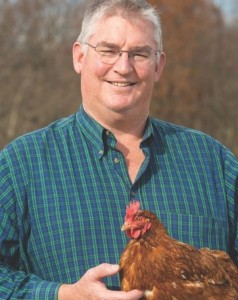
“So even if you say ‘I’m certified free range,’ there are still significant differences between certifications.”
The “cloudiest area for consumers” is probably between cage-free and free-range, he said. “However, I think more consumers understand the concept of pasture-raised [both of the above humane standards for example stipulate that ‘pasture-raised’ birds have 108 sq ft of outdoor space on a pasture with a substantial cover of living vegetation, although they vary when it comes to time hens should spend outside].”
‘Not all organic birds are free-range’
As for organic standards, they are strict around what hens are fed, but not necessarily as bird-friendly as free-range or pasture-raised when it comes to environmental conditions, he observes.
“Not all organic birds are free-range. So the law is that the birds must have sunlight and fresh air, but there’s a loophole that some players in the industry are exploiting, which is using screened porches [attaching a gated, screened porch to barns to qualify as ‘outdoor space’ under organic rules], so they say fresh air and sunlight can get through these.
“In the last week of the Obama administration, a new rule [published in the Federal Register on Obama’s last day in office] said organic birds must be outside on the ground, but this was clawed back by the Trump administration [falling victim to a ‘regulatory freeze’ executive order], so now we’re waiting to see what the Biden administration does, but there’s a belief that they might come back and close that loophole [so that birds have to go outside].”
He adds: “We need to get information out there so people can make more informed decisions. Having said that, younger generations are more in tune with animal welfare issues and are paying more attention.”
The evolving egg market at US retail
When it comes to conventional [ie. caged] eggs, meanwhile, they still account for the vast majority of the US retail market by volume according to Nielsen data (far less by dollar value as they’re much cheaper), but will steadily lose market share, driven by consumer demand, state regulations and commitments from big CPG companies and retailers to go cage-free, predicted Brunnquell.
“On January 1, 2022, seven states will go 100% cage-free, including California, so there’s some real momentum now, and the industry says, that’s the direction we’re going. There was some resistance, but in future, cage-free will be the baseline, and then free-range and pasture will continue to grow, and gain a healthy market share.”
As for the impact of tightening budgets on purchasing behavior, predicted Brunnquell - who said Egg Innovations is continuing to expand capacity - it may affect the speed of adoption, but the trajectory is set: “In 2008 when we went through the Great Recession, organic egg sales still went up every year.”
What happens to male chicks when they’re hatched?
One of the other big questions around welfare in the egg industry is what to do with male chicks, which are of no use to egg farmers because they can’t lay eggs, he said. Right now, there is no market for their meat (layers are a different breed to broilers, which are raised for meat) so they are culled at birth. However, several approaches are now being explored enabling hatcheries to detect the sex of eggs before they hatch, as pressure mounts to end the practice.*
“There are a few competing technologies and [Israeli startup] eggXYt [which uses gene-editing such that male eggs have a marker that can be detected by a scanner before they are incubated] is one of the exciting ones.
“With a lot of the other [competing approaches] you have to wait until the incubation process has started [before you can identify which eggs will grow into male chicks], so if you can get ahead of that curve, it makes it even more interesting.”
COVID-19 and the egg market: 'In the space of 10 days our orders went up 400-500%'
According to USDA data from December 2020, estimated 2020 per capita egg consumption – which has been on a rising trajectory since 2008 - was 285.7 eggs per person per year, down -2.7% on 2019. However, Nielsen data shows volume sales of shell eggs at retail rose +8.4% in 2020, although foodservice sales were down.
”Covid made the year very volatile,” said Brunnquell, who is primarily focused on the retail market through private label products, although he’s planning a big move into foodservice in 2021 and rolling out two revamped branded lines in 2021 (see below).
“We went through a hoarding stage in March 2020 and in the space of 10 days our orders went up 400-500%. Then they shut down the restaurants, which backed up the egg supply and depressed the market. Then things opened back up, and closed back down again, so our demand curve has been like a yoyo throughout the year.”
Blue Sky Family Farms
Volatile demand notwithstanding, 2021 is set to be an exciting year for Egg Innovations, which has “generally flown under the radar,” given its emphasis on private label, said Brunnquell.
However, the firm’s Blue Sky Family Farms brand – which has recently undergone an overhaul with new packaging, improved yolk scores, Non-GMO credentials and marketing support - will expand across the country in the spring he said, “plus we’re making a push into foodservice with frozen, powdered, and liquid and bring animal welfare to a broader range of consumers.”
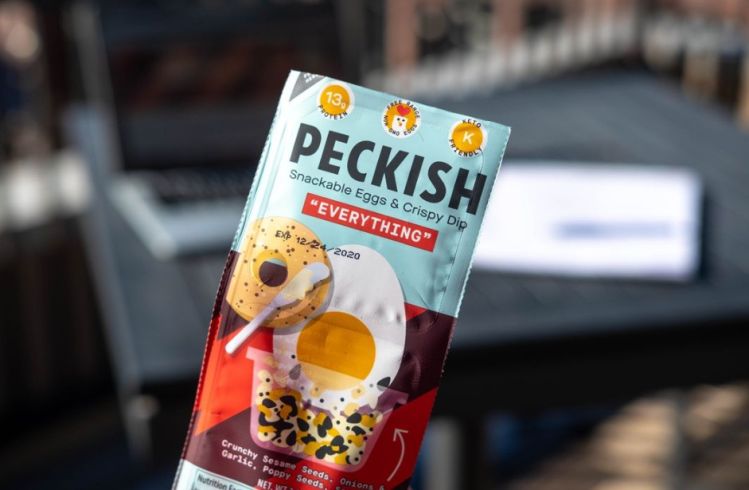
PECKISH snacking eggs
PECKISH - a boiled egg snacking brand Egg Innovations recently acquired from Sonoma Brands – will also give the firm a foothold in a new segment of the market, said Brunnquell: “We bought the assets but we also wanted to retain a relationship with [Sonoma Brands founder] Jon Sebastiani, so they made an investment in Egg Innovations and became a shareholder.
“PECKISH launched nationally in 2019 to bring some excitement to the hard-cooked space; they were having the eggs processed at Almark Foods and we were selling eggs to them. Almark had a recall in the fall of 2019 and after that they chose not to return to the PECKISH product line, so we were obviously very interested and began talking to PECKISH in 2020 about a direct relationship.
“The PECKISH brand was off the market for almost a year but they took the opportunity to take a look at the packaging. Now the product is in national distribution at Whole Foods and we’ll start rolling it out to other retailers this month.”
*In 2016, the Board at United Egg Producers, which represents the bulk of egg production in the US, called for the elimination of day-old male chick culling after hatch, engaging with the USDA's Foundation for Food and Agriculture Research (FFAR) in advancing the Egg-Tech Prize, which awards grants to researchers developing technologies that can accurately and quickly determine the sex of layer chick eggs before they hatch. In July 2020, the UEP claimed a “workable, scalable solution is not yet available,” although it remained “hopeful a breakthrough is on the horizon.”
At Indiana-based Egg Innovations, “the farmer owns the building and provides the labor and utilities, and we own the birds, feed the birds and do all the transportation,” says president and CEO John Brunnquell, PhD.
“We’re expanding, but recruiting is ongoing as barns are expensive. If you put up a barn for 20,000 chickens, you’re generally looking at about a million dollars, it’s about $50 a bird of capacity, so it’s always an ongoing process to recruit farmers, but we have an increasing number of consumers that want to buy our products.”
